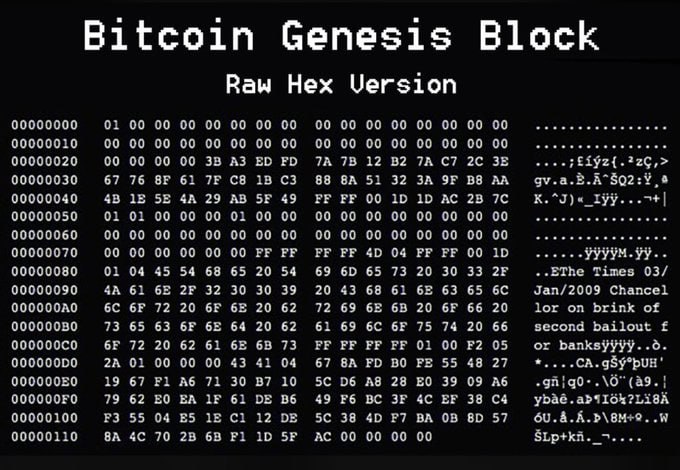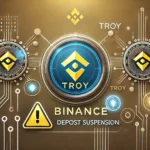Today marks the 16th anniversary of the Genesis Block, the foundation stone of Bitcoin (BTC). On January 3, 2009, Bitcoin’s mysterious creator, Satoshi Nakamoto, mined the first-ever block, earning 50 BTC. This historic moment wasn’t just a technological breakthrough but a profound statement on the state of the global economy at the time, symbolized by the embedded message: “The Times 03/Jan/2009 Chancellor on the brink of second bailout for banks.” This note highlighted the economic crisis and served as a critique of traditional financial systems.
The Mystery Behind the Genesis Block
Following the creation of the Genesis Block, the second block wasn’t mined until six days later. This gap has sparked various theories, with some suggesting it was a reference to the biblical creation narrative. However, Satoshi Nakamoto never confirmed or explained this delay, adding to the intrigue surrounding Bitcoin’s origins.
The Genesis Block was more than a technical milestone; it embodied a vision for an alternative to centralized authorities and traditional finance. While few could have predicted Bitcoin’s monumental impact back then, the events that followed showcased the strength of Nakamoto’s vision.

Block Rewards and Bitcoin’s Future
Since the Genesis Block, Bitcoin has undergone significant transformations, including the introduction of block reward halvings, which reduce mining rewards every four years. These halvings are integral to Bitcoin’s scarcity model, ensuring its value remains resilient over time. The next halving event, scheduled for April 2028, will further cut mining rewards by 50%.
For those unfamiliar, block reward halvings are part of Bitcoin’s limited supply mechanism, designed to protect its value and sustain its decentralized nature. This unique feature distinguishes Bitcoin from traditional currencies and cements its role as a store of value.
A Symbol of Financial Freedom
Today, the Genesis Block stands as a symbol of technological innovation and the pursuit of financial freedom. It laid the groundwork for a decentralized financial future, proving that an alternative to centralized systems is possible. Nakamoto’s revolutionary step has transformed the lives of millions and sparked a global movement toward economic empowerment.
As highlighted by Dey There, the Genesis Block is not just a relic of the past but a beacon for the future, reminding us of the potential for change through decentralized technologies. Satoshi Nakamoto’s vision continues to inspire, paving the way for a more inclusive and equitable financial ecosystem.



















































































































